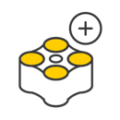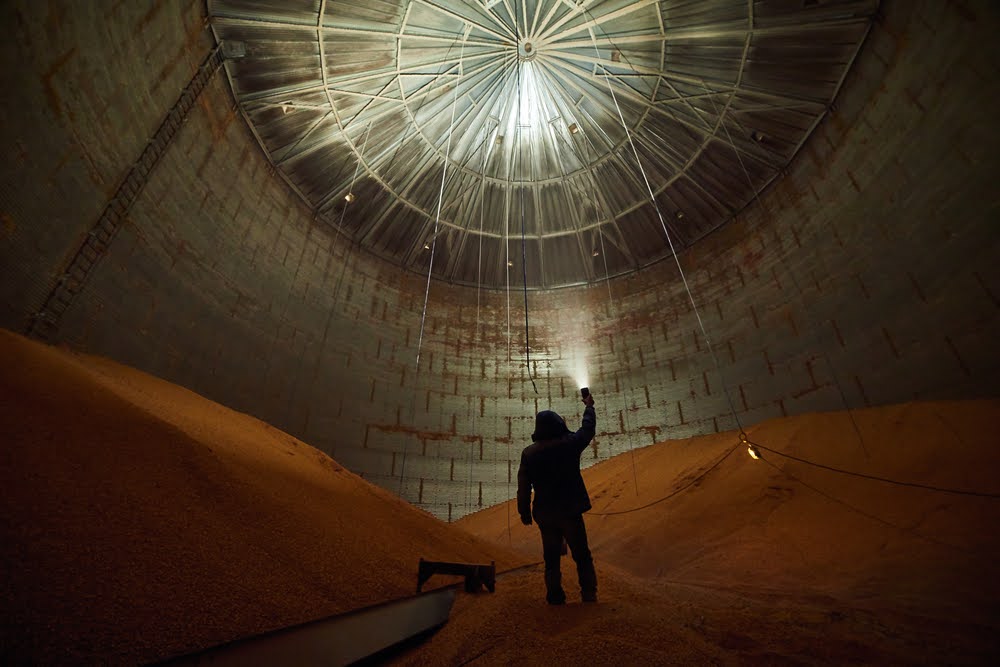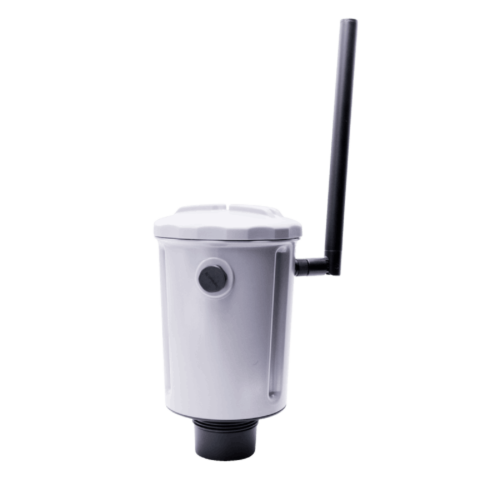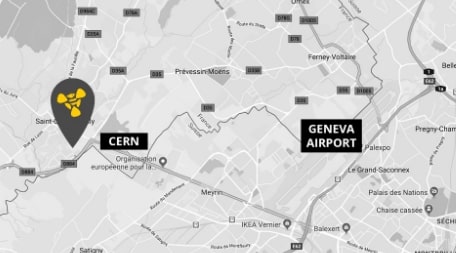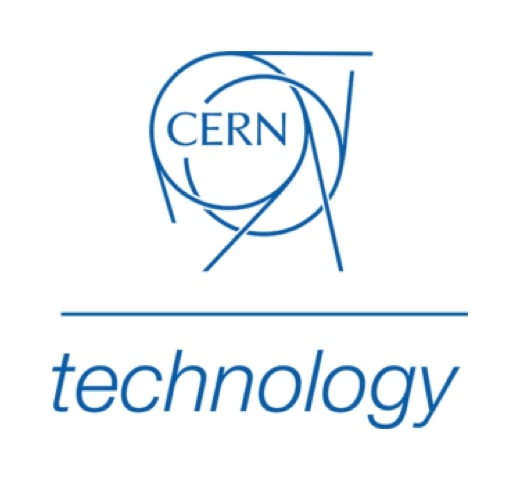LED Time-of-Flight technology for fill level measurement in silos, vats and tanks
It will cover different level sensing solutions, their applications and how time-of-flight technology offers some unique advantages.
What is a level measurement system?
“It’s basically a piece of technology used to detect and partly monitor changes in level or quantity of different types of materials. These can include liquids, fluids, solids, different types of grains or rocks and also powders,” says Roberts Rabcevskis.
Why use a level monitoring system?
Having up-to-date information on material fill levels is vital for efficient process management and stock control. Automated level sensing systems save time and eliminate risk by providing a way to check fill levels remotely.
Roberts continues, “Level data enables us to have information about assets we didn’t really have before, including real-time and historic data. So, if we speak about real-time data, this can help us detect emergency or sudden events, like a drop of material level, which might indicate a leak in a silo. This helps us react fast to mitigate the negative impact. Historic data helps us make sane, data-driven decisions.”
Automated digital level measurement is not a new idea, and several different technologies have been developed. As Roberts Rabcevskis says, “Level monitoring in a digital and automated form has been around for 40 or 50 years, or more. As a result, a number of different methods and technologies have evolved, and these are now used to monitor level changes in different situations. With more than 15 such technologies used, there is a wide range of available products in the market and each of them has its own advantages and disadvantages.”
Types of level monitoring solutions
Level sensing methods can be broadly divided into two categories: point-level measurement and continuous level measurement.
Point level measurement systems indicate when the level in a container reaches a pre-set threshold. These relatively simple systems are nonetheless useful for indicating when stock may need replenishing, or when a container may need emptying.
On the other hand, continuous level measurement provides real-time monitoring of stock levels as they rise and fall over time. These systems provide much greater accuracy and enable better planning of resources, though they are also typically more expensive.
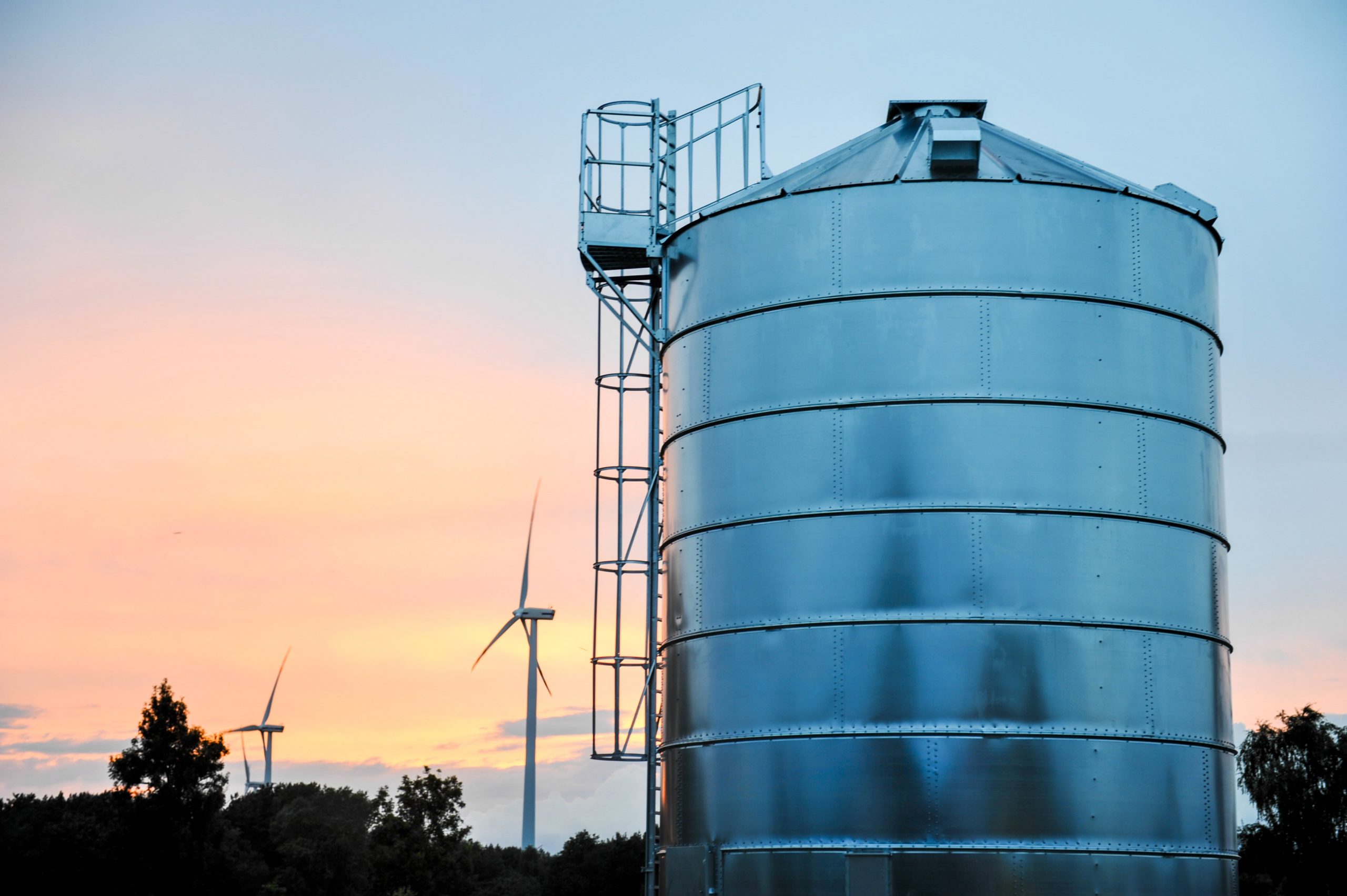
Different level sensing solutions
One of the most common level-sensing technologies is a float switch or float sensor. Used to monitor the level of liquids, float switches consist of two parts: a float containing a magnet and a magnetic switch mounted at a certain position on the container wall.1
This type of point-level measurement can also be achieved using a resistance sensor. This consists of a probe that is submerged in the material, which takes measurements of electrical resistance. When a liquid covers that probe, the change in resistance measured by the probe signals a high or low level.
Capacitive sensors are one of the most popular types of continuous level sensors. These sensors measure the capacitance between two plates, installed near the top and bottom of a silo, to obtain an accurate measure of the amount of material between the two points.2
Time-of-Flight (ToF) technology offers a completely non-contact alternative to mechanical and capacitive level sensing. ToF devices are internally mounted at the top of a silo, vat or tank.
Says Roberts Rabcevskis, “This is an active way of measuring distance to a target or objective. Technically, there are photons in the infrared spectrum, meaning they are invisible to the human eye. They travel at a speed of 300,000 kilometers per second. An optical time-of-flight sensor, similar to radar and ultrasound, has an emitter unit and a receiver unit. So the emitted light travels to the target, bounces from it, travels back to be captured by the sensor receiver.”
Advantages and disadvantages of level monitoring ToF technology
A number of ToF technologies are available, including ultrasound, laser and radar. Tredecile’s optical ToF sensors use infrared LEDs, which offer better performance than ultrasound at a lower price point than laser and radar. As well as being non-intrusive, Tredecile LED ToF level sensors offer centimeter-level accuracy at ranges up to 60 meters. Tredecile’s compact sensors are accurate, robust and easy to install, making them the ideal level-sensing solution for a number of application areas.
“The biggest drawbacks of LED ToF sensors are susceptibility to environmental factors, including direct sunlight (which can reduce the maximum range of the sensor), and heavy rain or fog. Fortunately, in the majority of cases these conditions do not apply, especially when measuring levels in closed containers like silos and tanks,” explains Roberts Rabcevskis.
In some applications, dust from the refilling of solid materials such as grain can produce a cloud that obstructs optical ToF measurements. However, this material typically settles as soon as refilling is over, rendering this technology suitable for 95% of these applications.
Tredecile’s optical ToF solutions
Tredecile offers a number of optical ToF solutions for level sensing, including multi-sensor solutions. Our latest addition to the range is Lora Level Monitoring XL – a self-powered and completely wireless level sensor capable of communicating up to 15 km in rural areas and over 2 km in urban environments. This provides an ultra-flexible yet accurate and reliable solution for level sensing in a huge range of use-cases.
To find out more about Tredecile’s level sensing solutions, get in touch with us today.


